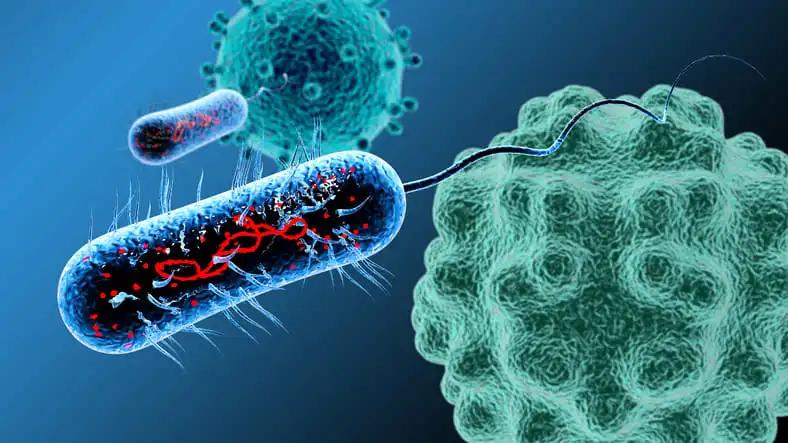KEY TAKEAWAYS
- The early phase 1 trial aimed to investigate 4 Gy radiotherapy’s efficacy in minimizing toxicity in pts with gastric MALT lymphoma.
- The primary endpoint was gastric complete response at 1 year.
- Researchers noted high response rates with 4 Gy radiotherapy, suggesting its potential for tailored treatment, minimizing unnecessary toxicity.
Given the favourable prognosis of patients (pts) with gastric mucosa-associated lymphoid tissue (MALT) lymphoma, treatment-related toxicity should be minimised.
Jillian R. Gunther and the team aimed to evaluate the efficacy of 4 Gy radiotherapy given in a response-adapted approach.
They performed an inclusive analysis in a single-centre, single-arm, prospective trial, of response-adapted ultra-low-dose radiotherapy. Eligible pts included those aged 18 years or older with newly diagnosed or relapsed Helicobacter pylori-negative gastric MALT lymphoma, encompassing stage I-IV disease. Treatment utilized external beam photon-based radiotherapy administering a total dose of 4 Gy in 2 fractions. Performance status was not an exclusion criterion due to the expected low toxicity profile.
Patients achieving a complete response to 4 Gy, confirmed via endoscopy and imaging at 3-4 months, underwent observation; those with a partial response were re-evaluated at 6-9 months. Additional treatment with 20 Gy was initiated for pts with residual disease at 9-13 months or stable/progressive disease at any time. The primary endpoint, gastric complete response at 1 year post-4 Gy treatment (2 evaluation timepoint), was analyzed under intention-to-treat conditions.
About 24 eligible pts were enrolled between March 27, 2019, and Oct 12, 2021. The median age was 67 years (IQR 58-74; range 40-85); 15 (63%) were female and 9 (37%) male; 18 (75%) were White, 4 (17%) Asian, and 2 (8%) Hispanic; 20 (83%) had stage I disease, 1 (4%) stage II, and 3 (13%) stage IV. Median follow-up time was 36 months (IQR 26-42). Then 20 pts (83%) achieved a complete response to 4 Gy (16 at 3-4 months, 4 at 9-13 months); 2 pts received 20 Gy for symptomatic stable disease at 3-4 months and 2 for residual disease at 9-13 months, all achieving complete response.
The 3-year local control rate was 96% (95% CI 88-100), with 1 local relapse at 14 months after 4 Gy radiotherapy salvaged successfully with 20 Gy. 1 patient with stage IV disease experienced a distant relapse. Grade 1 nausea occurred in 9 (38%) of 24 pts who received 4 Gy and 2 (50%) of 4 pts who received 20 Gy; grade 1 abdominal pain in 5 (21%) of 24 and 0 of 4, respectively. No grade 3 or worse adverse events (AE’s) were noted, including no treatment-related deaths.
The study concluded that the response-adapted approach with 4 Gy radiotherapy effectively induced complete responses in most pts with gastric MALT lymphoma, with additional 20 Gy yielding complete responses when necessary within 12 months. This strategy shows promise for selecting pts who benefit from additional radiotherapy while minimizing associated toxicity risks.
The trial was sponsored by the M.D. Anderson Cancer Center.
Source: https://pubmed.ncbi.nlm.nih.gov/38843856/
Clinical Trial: https://clinicaltrials.gov/study/NCT03680586
Gunther JR, Xu J, Bhutani MS, et al. (2024). “Response-adapted ultra-low-dose 4 Gy radiation as definitive therapy of gastric MALT lymphoma: a single-centre, pilot trial.” Lancet Haematol. 2024 Jul;11(7):e521-e529. doi: 10.1016/S2352-3026(24)00133-9. Epub 2024 Jun 3. PMID: 38843856; PMCID: PMC11211047.



